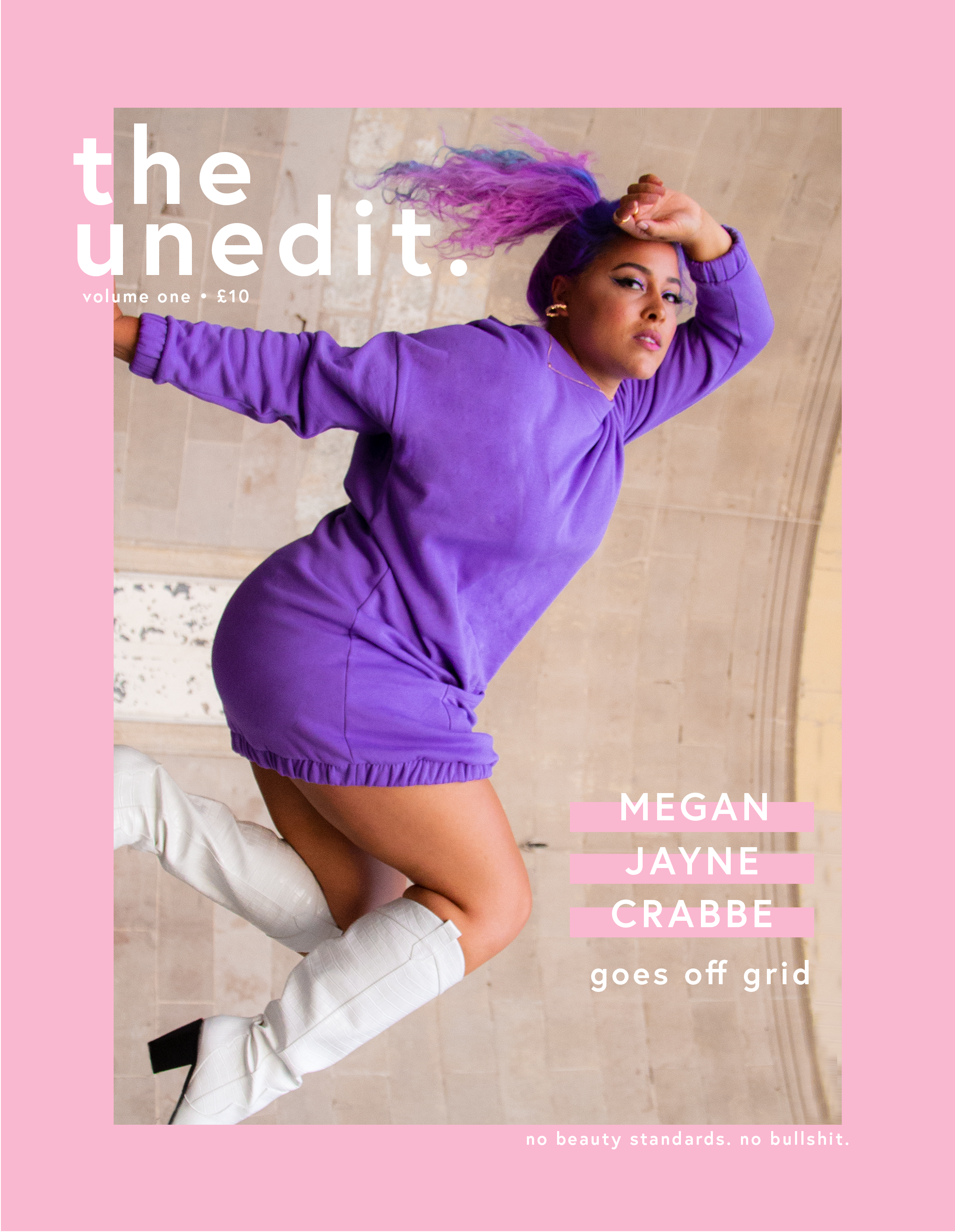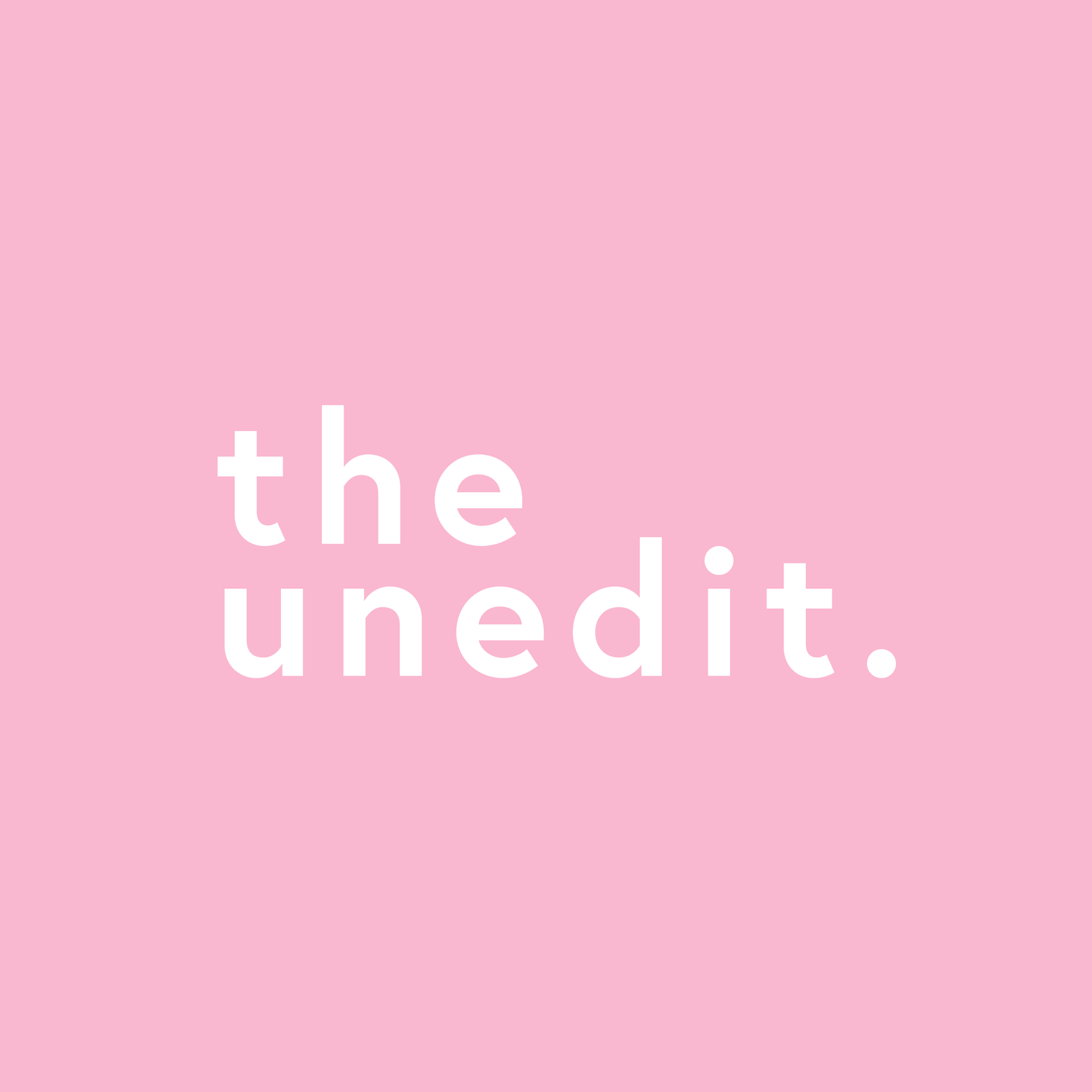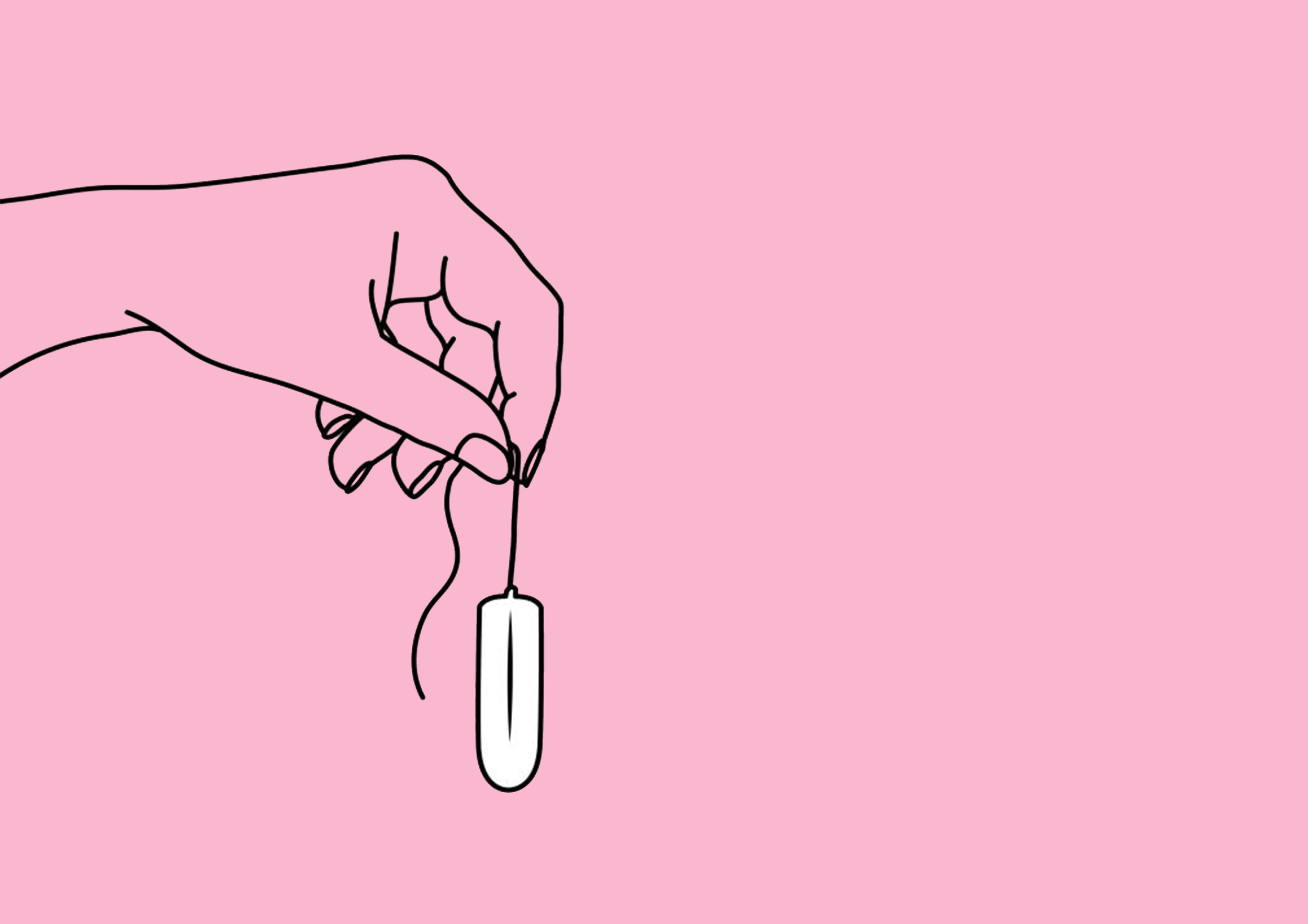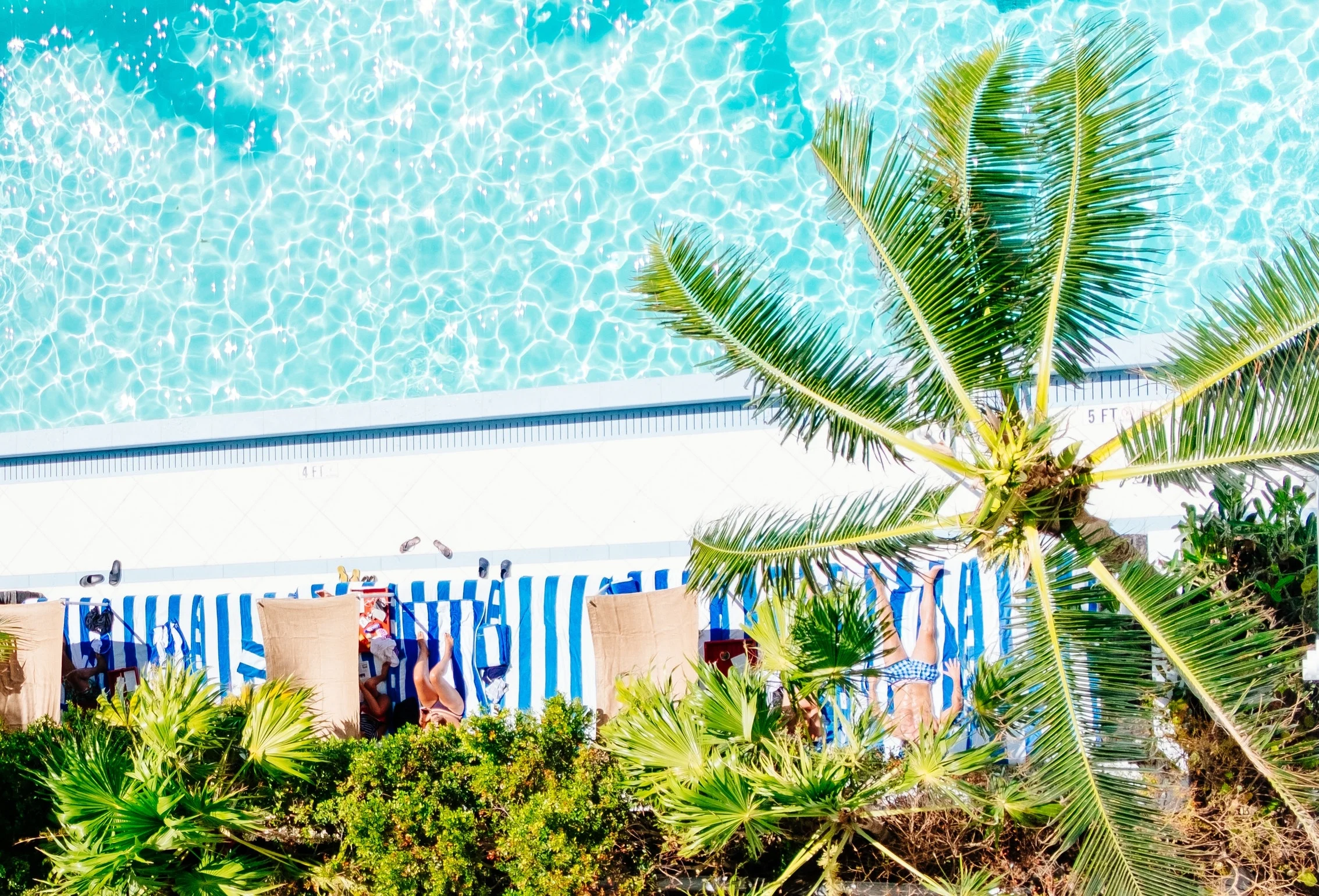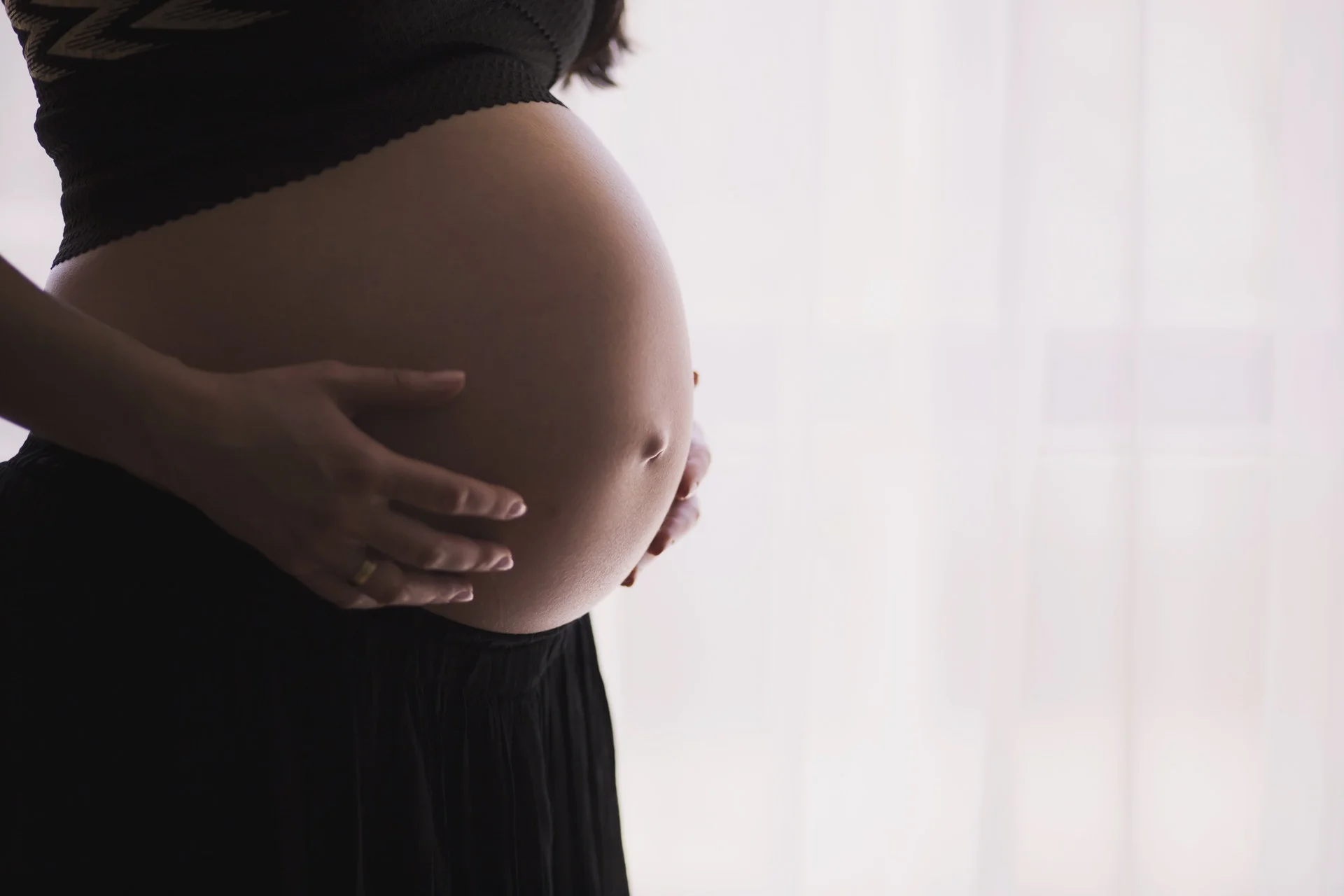Let's Talk About Boob Diversity In The Media
Nowadays, the fashion industry - plus the rest of society - are slowly becoming more inclusive when it comes to diversity issues, and yet, different boob sizes and shapes are still mostly ignored.
In the media, we only see boobs portrayed in a certain way: perfectly round, symmetrical, smooth, and just the right size. To be frank: there’s a serious lack of boobs that look, well, real.
The lack of boob diversity has been proven to have a damaging effect on women’s confidence and body image, as shown in a recent study over in the States. The survey found that 70% of women are unhappy with their breasts, whereas the majority of their partners – 56% – were happy with their partner’s boobs. According to the study, younger women were worried that their breasts are too small, whereas older women worry about their boobs’ sagginess.
It’s safe to say that the social pressure of looking perfect is at an all-time high, and encourages women to continue to hate their bodies, their boobs included. We can’t help but compare ourselves to celebrities that we see on TV, in magazines, and the fitness models we see on Instagram. And it’s because of that, that we continue to put ourselves down, merely because we can’t live up to those expectations.
Photoshop and plastic surgery are two reasons for unrealistic expectations, and time after time, we fall for them. Since 2006, for example, breast augmentation surgery has been most performed plastic surgery, according to a 2012 American Society of Plastic Surgeons report.
When it comes to the fashion industry, boob diversity is severely lacking. Shopping for bras is already difficult enough for many, and seeing perfect-looking lingerie models on billboards and websites makes the whole experience even more excruciating.
In early 2019, Sainsbury’s own brand, TU, surveyed 2,000 women and found that 58% of them wanted their boobs to look different, and 71% of them felt that adverts presented an “unattainable image” of how breasts should look. Following their survey, Sainsbury’s set up their own campaign - All Boobs Welcome - to empower all women and their breasts. In a series of unedited images, they showed and celebrated that boobs come in different, unique forms, sizes, and skin colours. The women cast included all ages, shapes, sizes, and skin colours; women with tattoos, women with scars, women with stretch marks, women in wheelchairs, pregnant women, and postpartum women.
TU’s research also showed that an overwhelming majority of the women shared the opinion that lingerie ads appeal more to men than to women, which not only shows the patriarchal nature of advertising, but also the hyper-sexualisation of breasts for men’s enjoyment. These findings highlight a number of flaws that the fashion industry has, which hopefully will show signs of improvement in the near future.
I am one of the many women who doesn’t enjoy bra shopping at all. I hardly ever find any bras in my size when I’m in a lingerie store or department. Fortunately, the internet provides us with more bra and bikini shopping options (although definitely still not enough) – there are even numerous brands dedicated to catering specifically to bustier women. That being said, I personally also dislike shopping for bras online because of the aforementioned lack of boob diversity. Whilst these brands are increasingly selling styles for their fuller bust customers, the models that are wearing them in the site’s imagery look absolutely nothing like the women that they’re targeting. I can tell you the countless times I’ve spent hours scouring websites looking for bras, yet have come away with not a single thing in my cart because I couldn’t relate to any of the women modelling them. If a company is selling a bra that goes up to a H cup, why are there no models beyond a DD?
Whilst I’m confident when it comes to my body - and my boobs - looking at the models on these websites make me feel uncomfortable about the way I look. And worse, it makes me feel like there’s something wrong with me and my breasts, because I don’t conform to certain standards.
I know I could just ‘get over it’, but I know I’m not the only woman who has these thoughts and struggles. So why should I get over it? All of us should be able to feel comfortable and happy in our own skin, in our own clothes, and in our society.
Hope’s not entirely lost, mind you. In more recent years, alongside brands like TU, individuals have started standing up and talking about boobs in a more realistic way. People like Chidera Eggerue, for example. Also known as the Slumflower, she started talking about non-conforming breasts back in 2017, and she started the #saggyboobsmatter movement. That hashtag alone has empowered thousands of women around the world, and is challenging the convention that women must wear bras if their breasts sag.
Just like Chidera, and so many others bringing the discussion to the forefront, I hope that, one day, boob diversity in the media and advertising will be just as normal as putting sugar in your coffee.
To all women out there, I hope you know that your boobs are great - just the way they are. In all their stretch marked, wrinkly, big, small, colourful, scarred, perky, round, saggy, wobbly, jiggly glory. You (or your boobs) don’t need to change one bit – it’s society’s messages that do.
